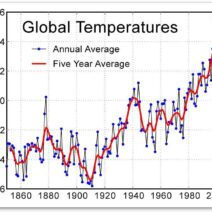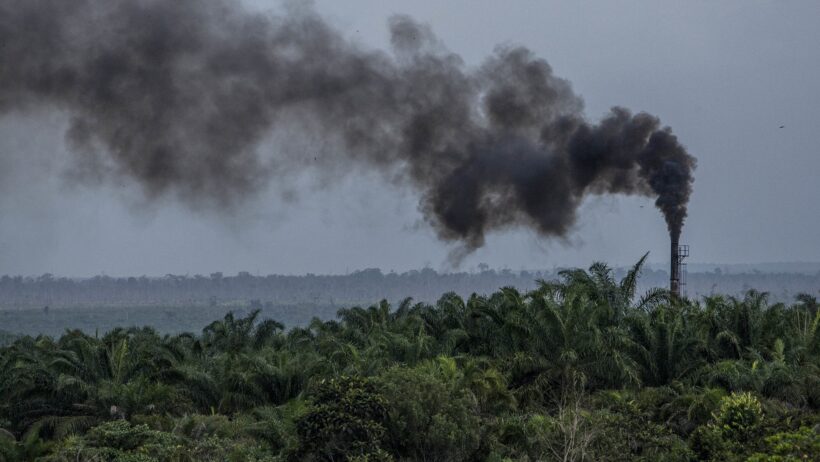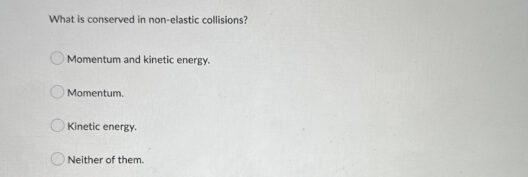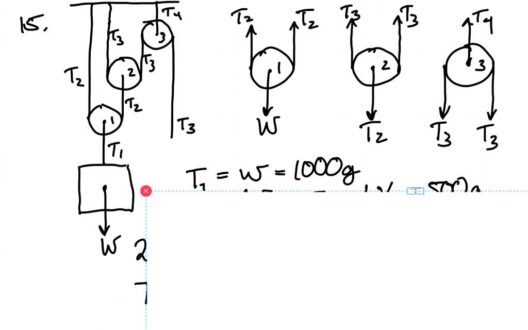As the world grapples with the ramifications of climate change, one pressing concern looms over the ecological landscape of the United States: the endangerment of numerous species. Global warming poses an omnipresent threat to biodiversity, leading us to ponder a playful yet poignant question: if these species could speak, what would they say about our stewardship of the planet? This thought leads us to explore the intricate tapestry of life that hangs precariously in the balance due to anthropogenic activities.
Understanding the plight of endangered species requires a comprehensive examination of the factors contributing to their decline. Among the myriad threats, global warming emerges as a leading catalyst. The phenomena associated with rising temperatures—ocean acidification, habitat alteration, intensified weather events, and shifting ecosystems—create a compendium of challenges that require urgent attention. Species that once thrived in stable environments are now facing unprecedented adversities.
In the United States, the Endangered Species Act (ESA) serves as a fundamental legal framework aimed at the protection of at-risk species and their habitats. Many iconic animals, such as the American bald eagle and the gray wolf, have rebounded thanks to these protections. However, as climate change accelerates, the ESA’s efficacy is being challenged. For instance, the polar bear, a symbol of climate change’s impact, is encountering diminished sea ice in the Arctic, gravely undermining its habitat and hunting grounds.
A significant contributor to global warming is the unprecedented increase in greenhouse gas emissions, primarily through fossil fuel combustion. These emissions not only raise average temperatures but also lead to erratic weather patterns. Wildlife species often struggle to adapt to rapid changes. For example, the California salamander, once widespread, faces an inhospitable future amid prolonged droughts and altered habitats caused by climate changes. Such a shift places immense pressure on ecosystems, making it difficult for species to thrive.
Moreover, species that depend on specific habitats are particularly vulnerable. Take the case of the coastal ecosystems. The mangroves and marshes that line our shores are not only critical for fish populations but also act as natural buffers against storms. However, as sea levels rise and temperatures climb, these ecosystems are eroding. This conundrum presents a challenge: how do we preserve the biodiversity that these habitats support when they are themselves under threat?
An equally concerning phenomenon is the alteration of migration patterns. Many species, including birds and marine life, depend on cyclical migrations for feeding and breeding. As temperatures shift, these migrations can become misaligned with the seasonal availability of food. This misalignment can lead to reproductive failures and, ultimately, population declines. The plight of the monarch butterfly exemplifies this issue as changes in temperature affect its migration routes, potentially sidestepping essential habitats.
The intricate interdependence among species offers another layer of complexity. Ecosystems function as networks, with each species playing a role in sustaining the balance of life. However, as certain populations dwindle due to climate-related factors, the ramifications can cascade through the community. For instance, the decline of pollinator species can severely impact plant reproduction and, by extension, the entire food web. How can we mitigate such cascading effects that threaten entire ecosystems?
Another facet of biodiversity loss is the phenomenon of invasive species. Global warming can exacerbate the spread of non-native species, which often outcompete indigenous species for resources. In areas like the Great Lakes, rising temperatures have contributed to the proliferation of invasive plant species, jeopardizing native flora and the wildlife that depends on them. Understanding the implications of these invasives presents a critical challenge for conservationists who must navigate the complexities of managing both native and non-native organisms.
In the context of land use, urbanization and habitat destruction compound the challenges posed by climate change. Deforestation, agricultural expansion, and urban sprawl fragment habitats, compromising the ecological corridors that allow species to migrate and adapt. This fragmentation underscores the question of how we balance human development with the preservation of ecological sanctuaries. Can we conceive of innovative urban planning that harmonizes with nature rather than disrupts it?
As species face multifaceted threats arising from climate change, the urgency for concerted action becomes evident. Conservation efforts must go hand in hand with sustainable practices. Initiatives such as habitat restoration, protected areas, and the incorporation of biodiversity considerations in resource management are paramount for safeguarding our natural heritage. Collective societal efforts to combat climate change—by reducing emissions, promoting renewable energy, and fostering sustainable practices—are key in this endeavor.
Educational outreach plays a vital role in fostering a deeper appreciation for biodiversity. Engaging communities in local conservation efforts can stimulate a cultural shift towards valuing nature. This enrichment of ecological awareness leads to the question—can we inspire a generation that prioritizes the planet’s health over immediate gratification?
Ultimately, the fate of endangered species in the United States is entwined with our choices regarding climate change. As stewards of this planet, we face a profound challenge: to safeguard the symphony of life that enriches our existence while mitigating the adverse effects of a warming climate. The stakes are high, but by mobilizing collective action and innovation, we can work toward a harmonious coexistence with the incredible diversity of life that shares our world.






